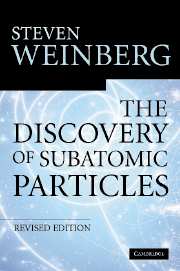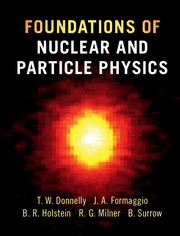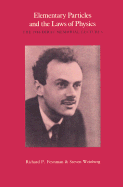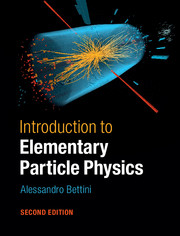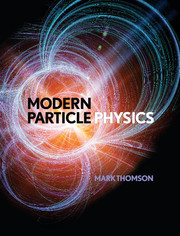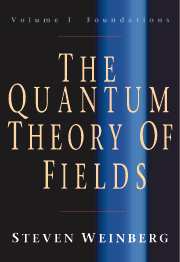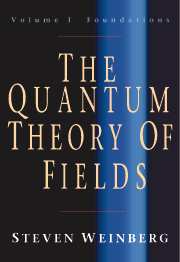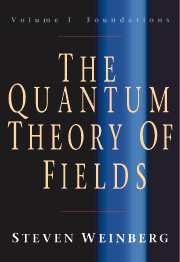The Discovery of Subatomic Particles Revised Edition
In this absorbing commentary on the discovery of the atom's constituents, Steven Weinberg accomplishes a brilliant fusion of history and science. This is in effect two books, cleverly interwoven. One is an account of a sequence of key events in the physics of the twentieth century, events that led to the discoveries of the electron, proton and neutron. The other is an introduction to those fundamentals of classical physics that played crucial roles in these discoveries. Physical concepts are introduced where needed to understand the historical story, and each new concept builds on physics already explained. Throughout the book, connections are shown between the historic discoveries of subatomic particles and work today at the frontiers of physics. A final chapter describes the discoveries of new elementary particles up to the present day.
- Fascinating story of the atom's constituents, told by Nobel prize-winning physicist and author of The First Three Minutes
- Provides a non-mathematical introduction to fundamental physics, suitable for use on courses for students not specializing in science
- Fully revised, this edition shows the connections between the historic discoveries of subatomic particles and work today at the frontiers of physics
Reviews & endorsements
From reviews of the first edition: 'Weinberg … is no stranger to explaining abstruse science in a clear and engaging fashion to the general public, which is precisely what he does here. The building blocks of matter - from electrons all the way down to muons, pions, hadrons, and the charmed quark - become, in his hands, so much intellectual putty.' The Boston Globe
'One cannot fail to be touched by it.' New Scientist
'It is a happy fact that some of the greatest scientists have been skilled expositors of their subject for nonscientific audiences. Einstein, Eddington, and Feynman come to mind. Steven Weinberg, a Nobel Laureate and brilliantly contemporary theorist, belongs in this company … It is ideally suited to inspire a next generation of physicists.' American Journal of Physics
'A beautiful example of a new approach with which the nonscientist can attain literacy in physics.' Physics Today
'Weinberg takes the reader through a brief history of electric forces from Coulomb to Faraday, enabling him to calculate the deflection from first principles. This is a remarkably painless and successful way to teach the basic ideas of physics … The book, with its splendid photographs … is authentically Weinberg - very much reminiscent of his earlier brilliant exposition The First Three Minutes.' The Times
'It succeeds not only in presenting many of the important results of modern and classical physics but also in giving a flavor of how physics was done in the19th and 20th centuries.' Science
'A gem … what it provides is a lively, personal and authoritative account of the way scientists found out about matter … it is a very good read, combining lively informal syntheses of basic physics with solid quantitative science …'. Astronomy & Geophysics
'This excellent book can be warmly recommended to the general reader.' Contemporary Physics
'I have been an admirer of this book since its first edition 20 years ago, and have recommended it on many courses for the general public, where people might be making their first encounter not only with particle physics but with physics itself … I'm pleased the book is back in print and shall certainly continue to recommend it.' CERN Courier
Product details
No date availableHardback
9780521823517
222 pages
237 × 164 × 20 mm
0.517kg
51 b/w illus. 11 tables
Table of Contents
- Preface to the first edition
- Preface to the revised edition
- 1. A world of particles
- 2. The discovery of the electron
- 3. The atomic scale
- 4. The nucleus
- 5. More particles
- Appendices.

